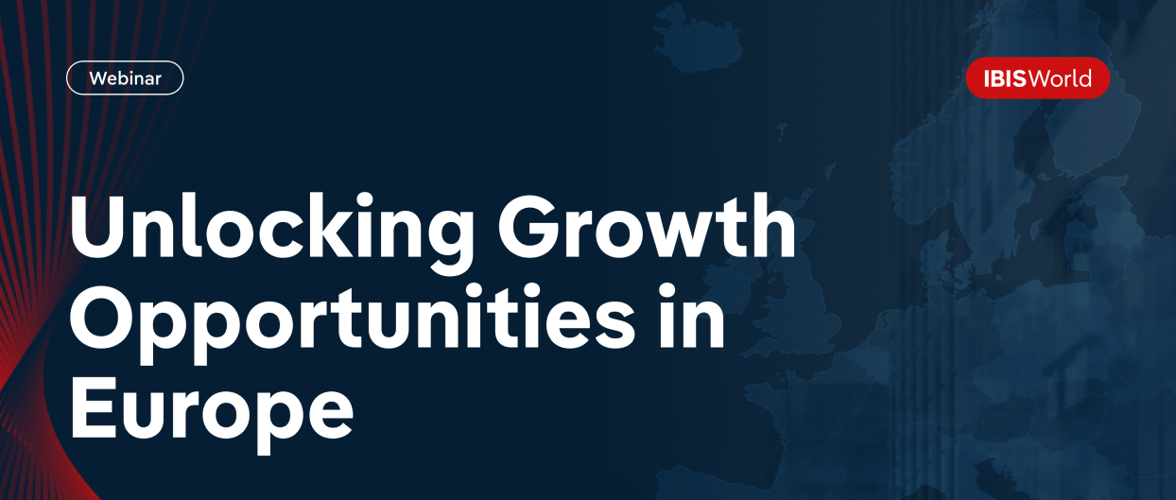Key Takeaways
- Natural disasters, skill shortages and the pressure of operating costs on businesses pushed forward historically high inflation rates.
- The Reserve Bank of Australia (RBA) is likely to further increase cash rates in the months ahead to combat inflation.
- Opportunities for banks lie in investment in digitalisation, Mergers and Acquisitions (M&A), and higher interest rates.
Inflation is a hot topic in Australia this year, with risk and uncertainty remaining high. While wages are going up across the board, October’s widespread flooding in Eastern Australia added another 0.1 percentage points to inflation. Banks have passed on interest rate rises to their borrowers as a response to the consecutive cash rate hike. With these challenging circumstances in mind, where do banks find themselves now and how can they navigate the coming year?
Negotiation and inflation
Australia’s strong recovery from the pandemic-induced recession has rapidly increased labour demand. In February, unemployment rates fell below 4% for the first time in 10 years and continued dropping to 3.4% in October, the lowest level since August 1974.

This fall reflects an increasingly tight labour market, as we continue to see more job vacancies and advertisements than there are job seekers. This year, we’ve seen the delicate balancing act of wage growth and inflation in action, as cost of living pressures increase. The labour shortage means that some workers can negotiate for higher pay, increasing running costs for firms. Although many are looking to more flexible, non-monetary alternatives to attract and retain talent, once wages outgrow productivity, firms will likely seek to raise prices for consumers, driving inflation even higher.
Why has the RBA raised the cash rate?
While the unemployment rate is at its lowest, the annual Consumer Price Index (CPI) jumped 7.3%—the largest increase in more than 3 decades.

Supply chain disruptions and the Russia-Ukraine conflict are both ongoing factors contributing to increasing inflation. As the economy faces energy market challenges, electricity and gas bills are set to soar for the next two years. The recent floods on the east coast have also inflated food and grocery prices. The Reserve Bank of Australia (RBA) has lifted the cash rate target every month since May, in an effort to minimise the damage high inflation inflicts on the economy.
Who won and who lost in 2022?
Higher interest rates also mean higher funding costs. Going after cost-effective funding, the big four banks showed a tendency to raise deposit rates slower than lending rates, opening a window of opportunity for second-tier banks to step up their game. Customers and businesses have become more focused on rate differentials; banks are not only competing for loans, but also deposits. By the end of the fiscal year, major banks saw significant jumps in deposits. While Westpac reported a growth of 5.7% in total customer deposits, National Australia Bank’s total deposits increased by 15.6% from a year earlier. However, the majority of depositors have shifted out of their lower-interest-rate accounts (paying 25 basis points or less).
In terms of bottom-line results, higher interest rates boost banks’ interest margins. Major banks exited FY22 at a healthy lending growth of 7.0%. The quality of these banks’ lending portfolios improved despite the substantial cumulative increase in interest rates during the year. However, these rate hikes can negatively affect lending demand. The RBA’s first cash rate increase announcement in May was followed by a significant drop in lending across the industry.
Most banks passed on RBA’s cash rates to their customers with a large jump in loan repayments and tighter lending criteria, which ultimately lowers business and consumer confidence. However, it isn’t just borrowers at risk, with major banks also in jeopardy of losing their shares in a shrinking pie. As the competition is heating up, non-major lenders are luring customers away from the big players with significantly discounted pricing and cashback rewards, in an attempt to build their new value propositions.
Are there opportunities in uncertainty?
Although inflation has shown signs of slowing in November, the RBA is expected to lift the cash rate over the months ahead. The move is set to lower business and consumer confidence, and slow lending growth over 2023, while costs from deposits will remain high.
As such, trends will affect players in the field differently, with new opportunities for banks to take or lose market share. To succeed over the next year, it is essential that banks find a healthy balance between their rate offers, fixed term lengths, and deposit interest rates.
Artificial intelligence (AI) has transformed all sectors of the economy by changing customer experiences, reducing costs, and driving revenue and profit growth for businesses. Investment in innovative technology and redesigned processes, such as digital home loans, makes banks’ offerings more appealing to customers with a simple set of needs. However, these services come with their own complexities, including the challenge of keeping their customer data secured under the ever-present threat of cyber-attacks.
Final Word
Banks and investment managers in 2023 will undoubtedly seek opportunities to expand their market shares through partnerships and acquisitions. 2022 has been a huge year for merger and acquisition activity, with the ANZ Suncorp Bank takeover and the Pendal-Perpetual merger marking a shift in the finance sector from disposals to acquisitions. Banks now have a significant refinancing task ahead of them to manage funding cost pressures brought on by the increasing cash rates, and to make investments in expansion or improving productivity.









